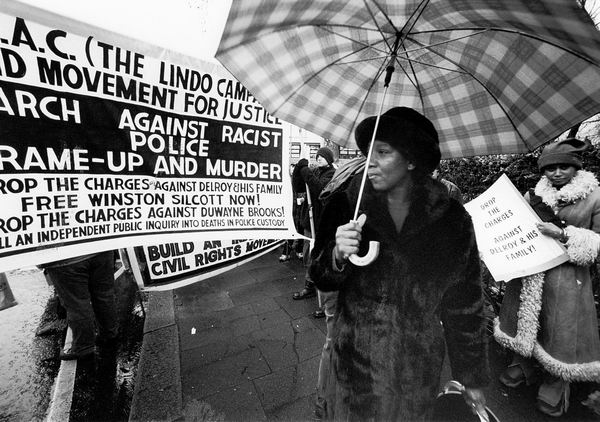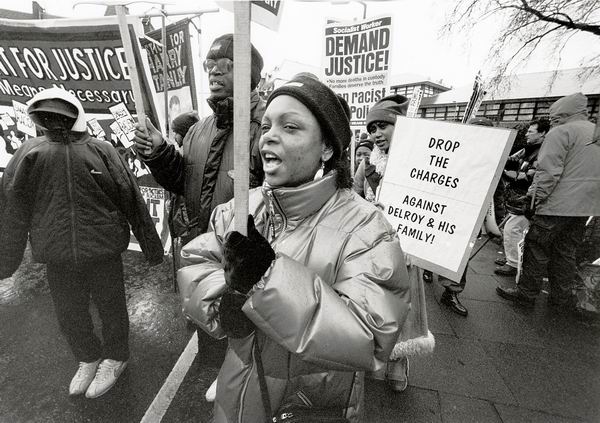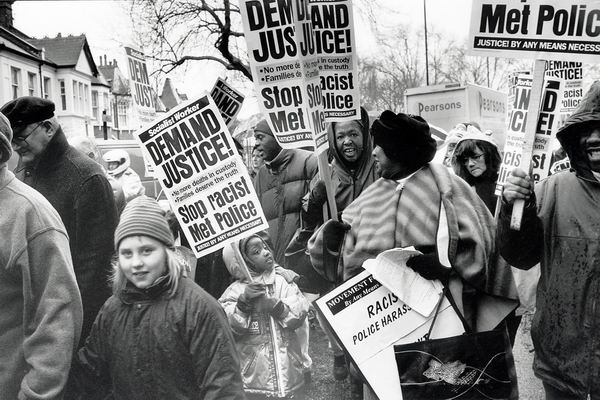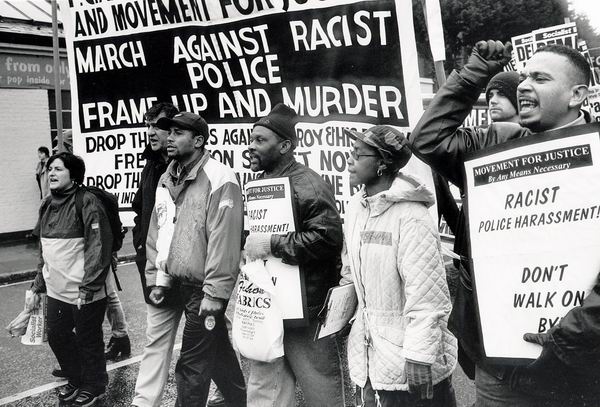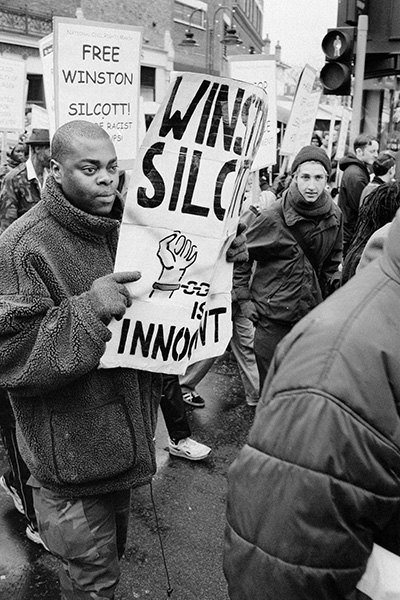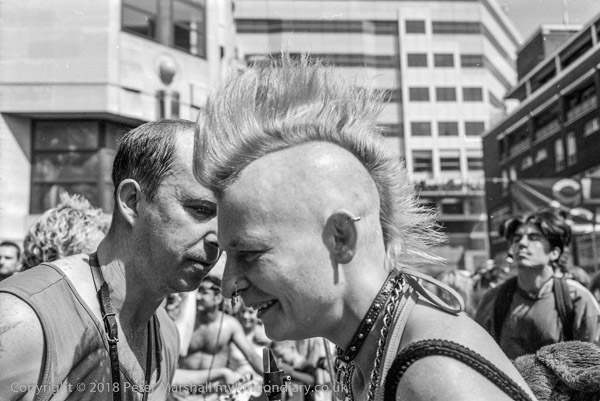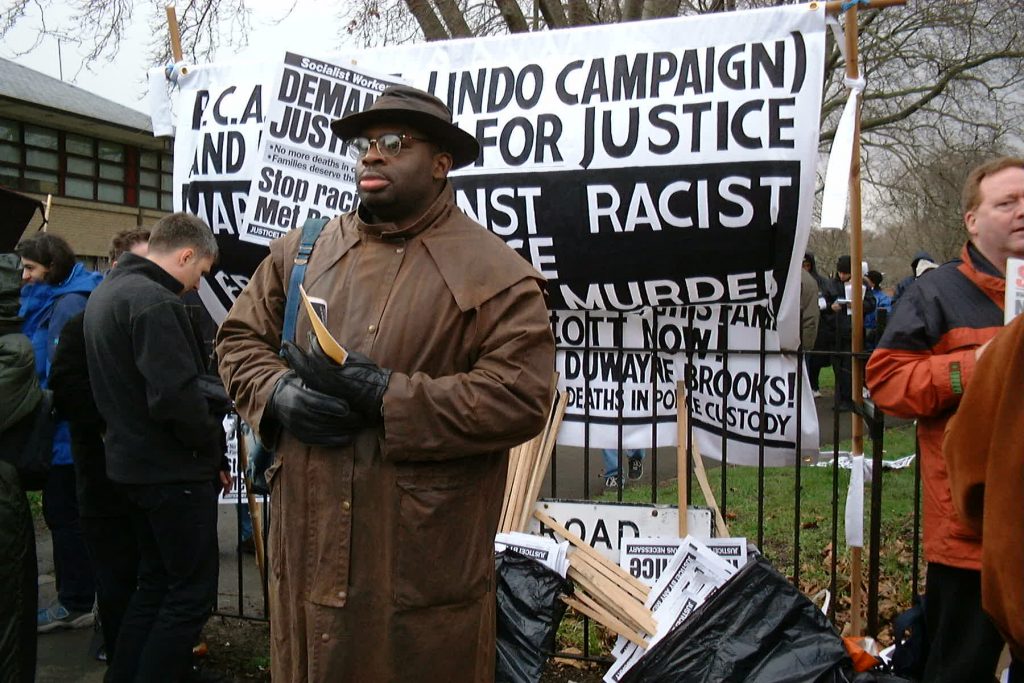
One of the earliest protests I put on My London Diary was a march in Wood Green to Tottenham Police Station organised by Movement For Justice on 22nd January 2000, and two years ago I posted come of the black and white images from this on this site in a post Marching For Justice.
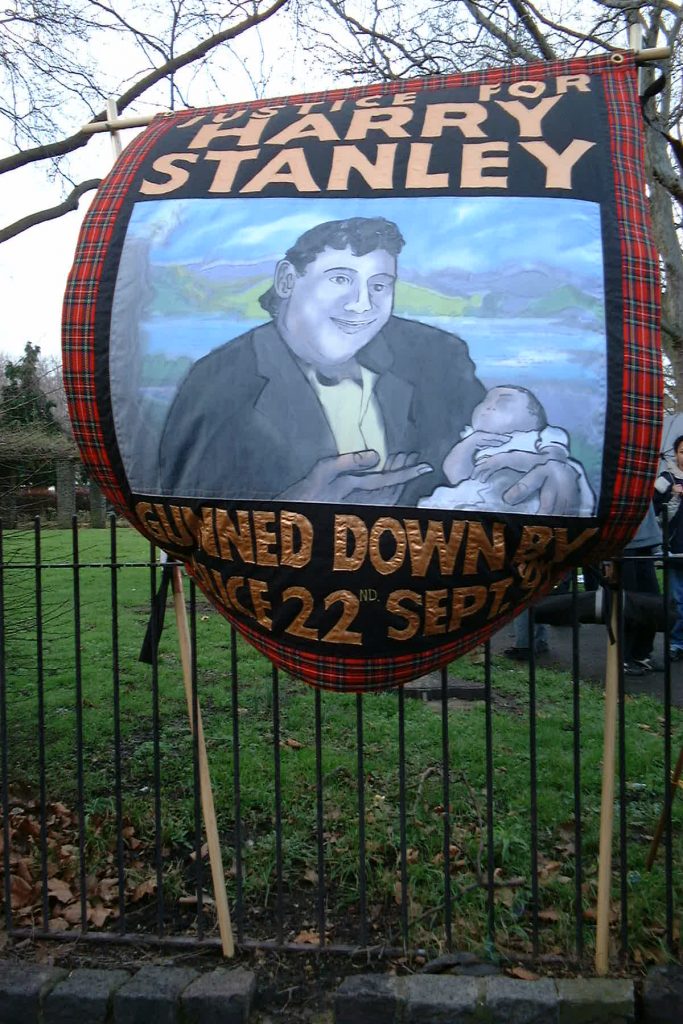
At the time as well as working on black and white film I was also taking pictures with a consumer digital camera, the Fuji 2.2 Mp MX-2700. It had a fixed 35mm equivalent lens and was probably the best consumer digital of the time, though obviously rather limited.
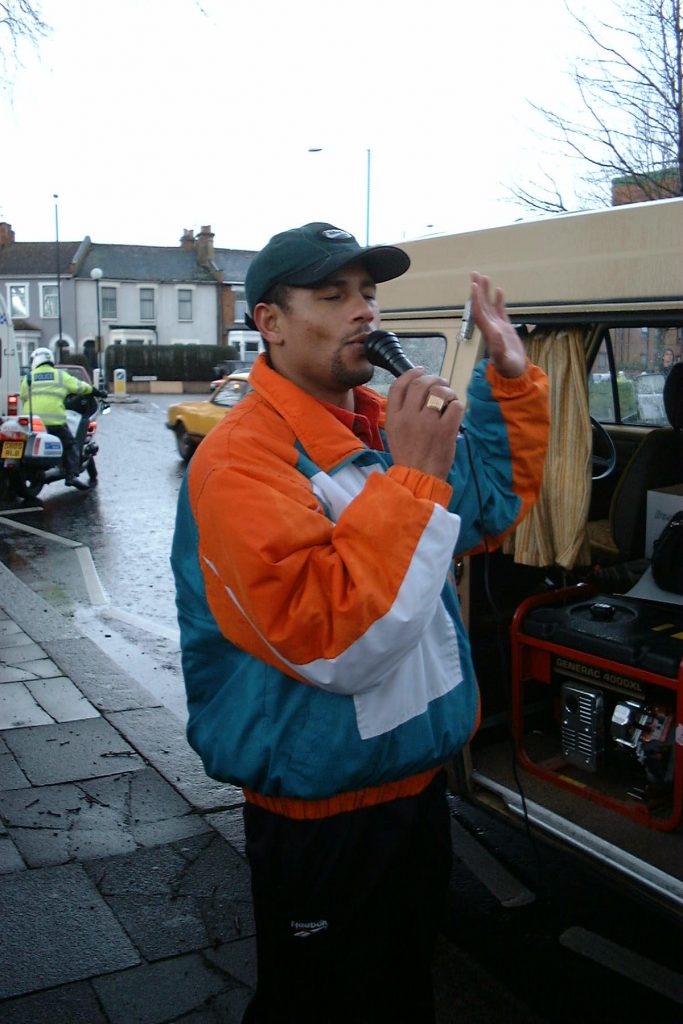
The protest was organised by the Movement for Justice and the Lindo Campaign. Delroy Lindo started a campaign ofter his friend Winston Silcott was wrongly imprisoned for the murder of PC Keith Blakelock during the 1985 Broadwater Farm riots. The Winston Silcott Defence Campaign played an important part getting Silcott acquitted and released. Silcott had been convicted with two other men despite not being anywhere near where the murder took place.
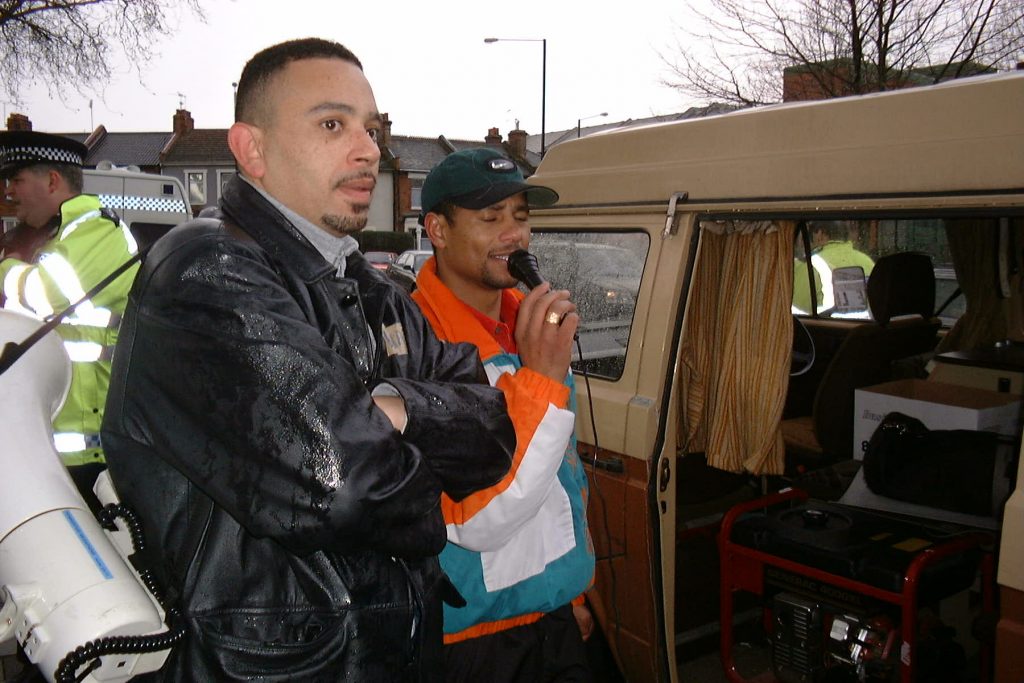
Two police officers were later tried for fabricating evidence but were acquitted, despite the evidence against them. They had picked on Silcott because of his record and fabricated confessions by the three men.
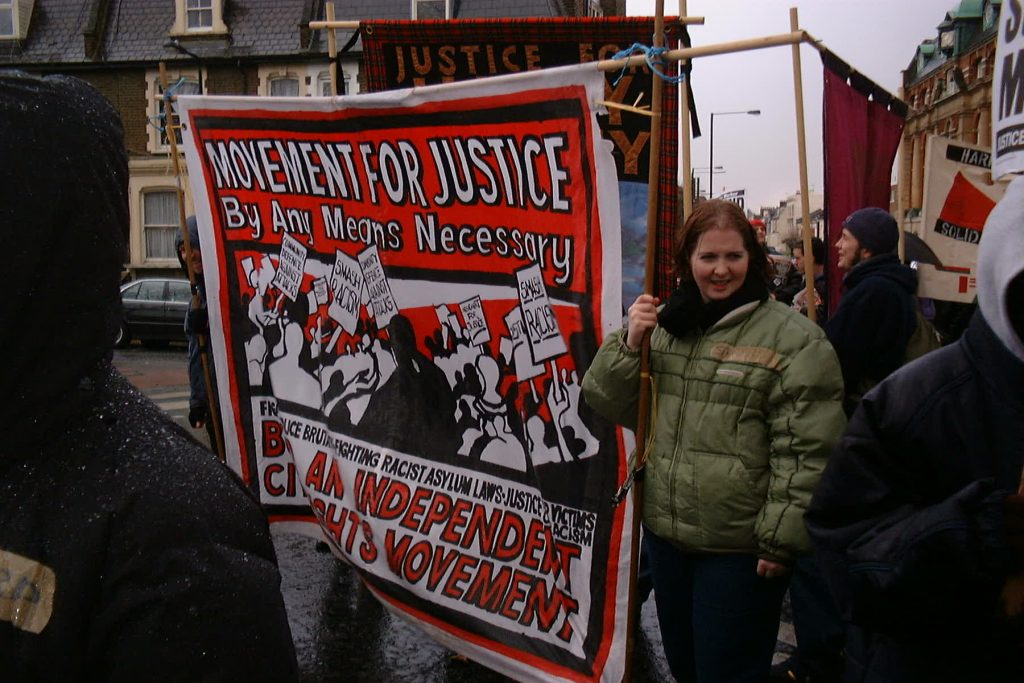
Silcott was chosen because of his record and because the police could find no evidence over the murder of one of their officers. Six years earlier he had been acquitted in another murder trial and sentenced to six months after a nightclub brawl. When Blakelock was savagely killed he was on bail on another murder charge, for which he spent 18 years in jail after the jury did not believe that he had killed a night club bouncer in self-defence.
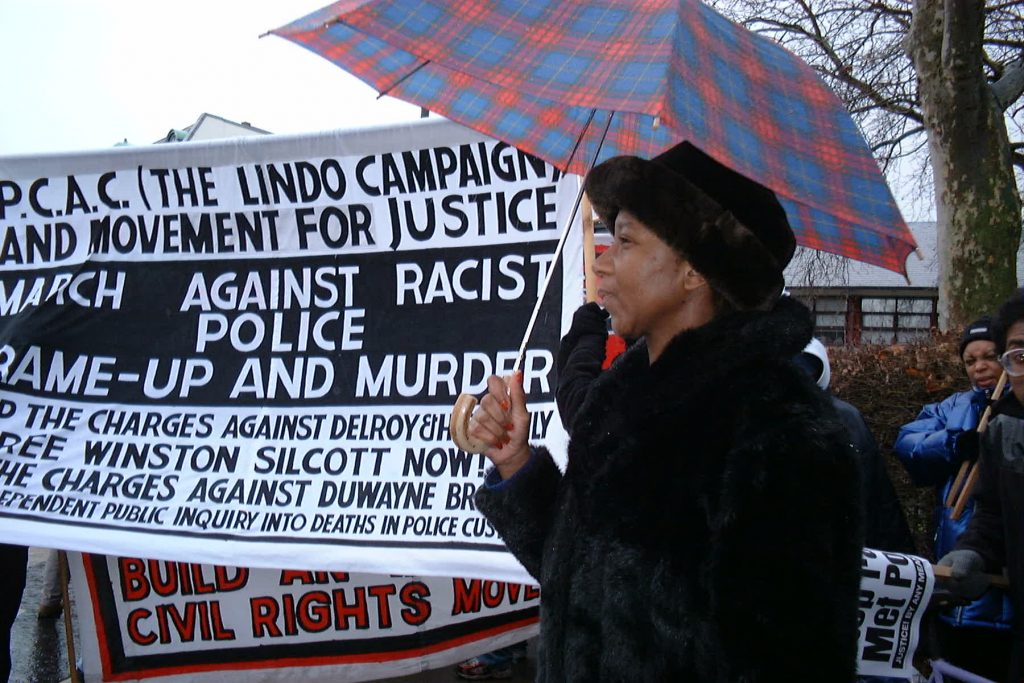
Later Silcott, much to the obvious disgust of the BBC and many politicians was awarded £17,000 compensation for wrongful conviction and a further £50,000 in an out-of-court settlement of his civil case for malicious prosecution.
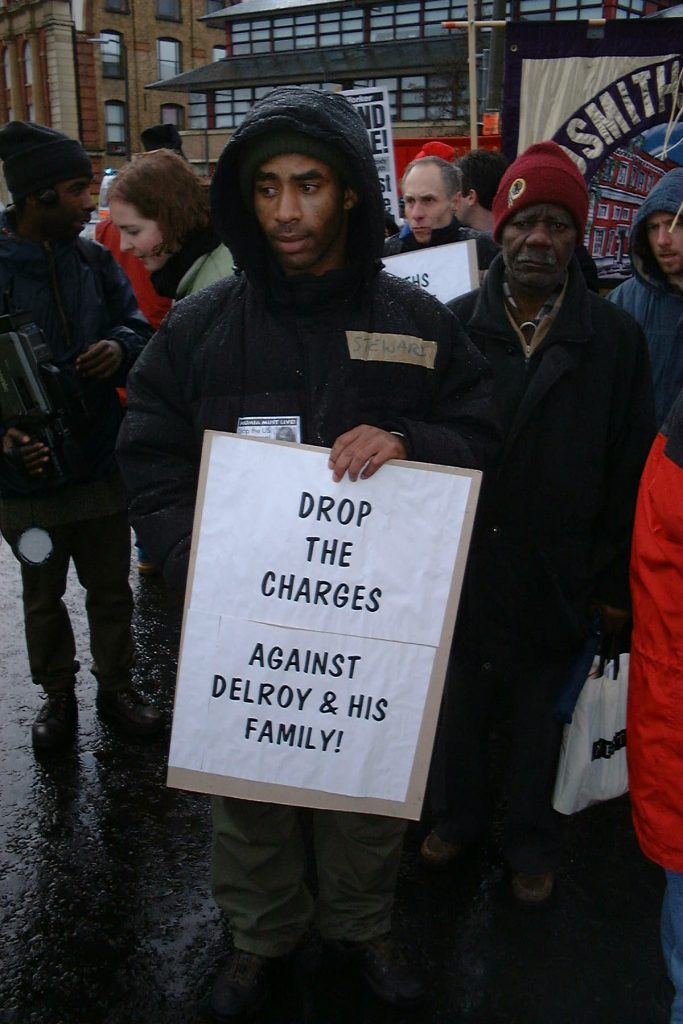
Lindo and his wife were harassed by police after they began to campaign over the imprisonment of Silcott and other cases including the killing of Roger Sylvester and the harassment of Duwayne Brooks, a friend of Stephen Lawrence who had been with him when he was murdered in 1993. Instead of treating him as a witness, they treated him as a suspect and he suffered severe post-traumatic stress disorder.
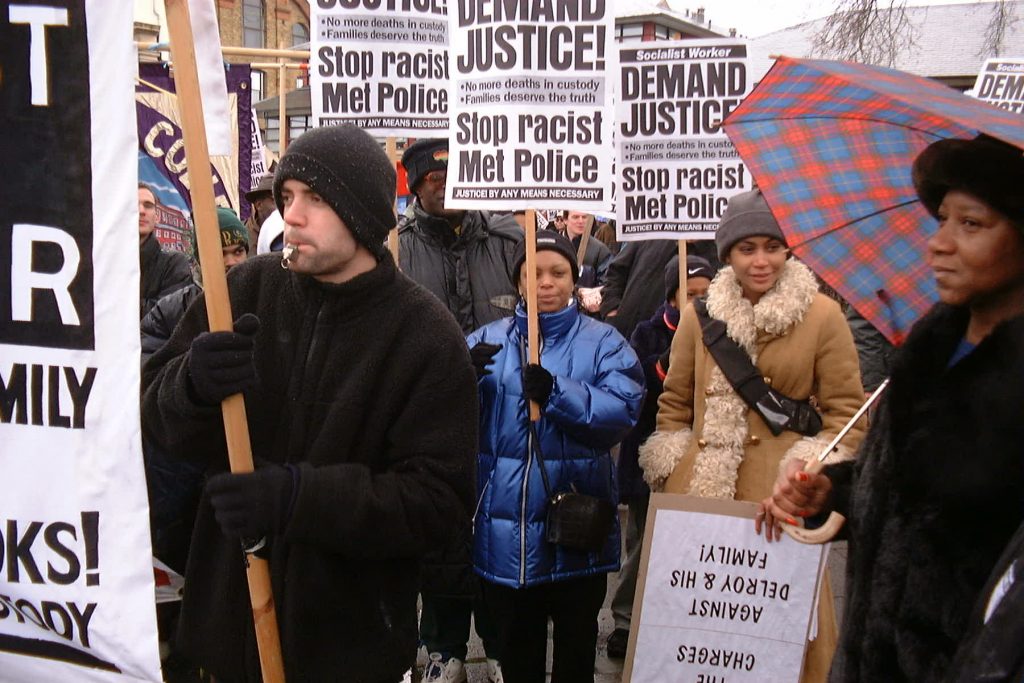
Police arrested Brooks after he took part in an anti-racist march against the British National Party following the murder. and he was charged but the judge dismissed the case. Later he sued the Met Police and was awarded £100,000 compensation. The treatment of Brooks and the parents and other friends of Stephen Lawrence played an important role in the Macpherson report that concluded the Metropolitan Police Force was “institutionally racist“.
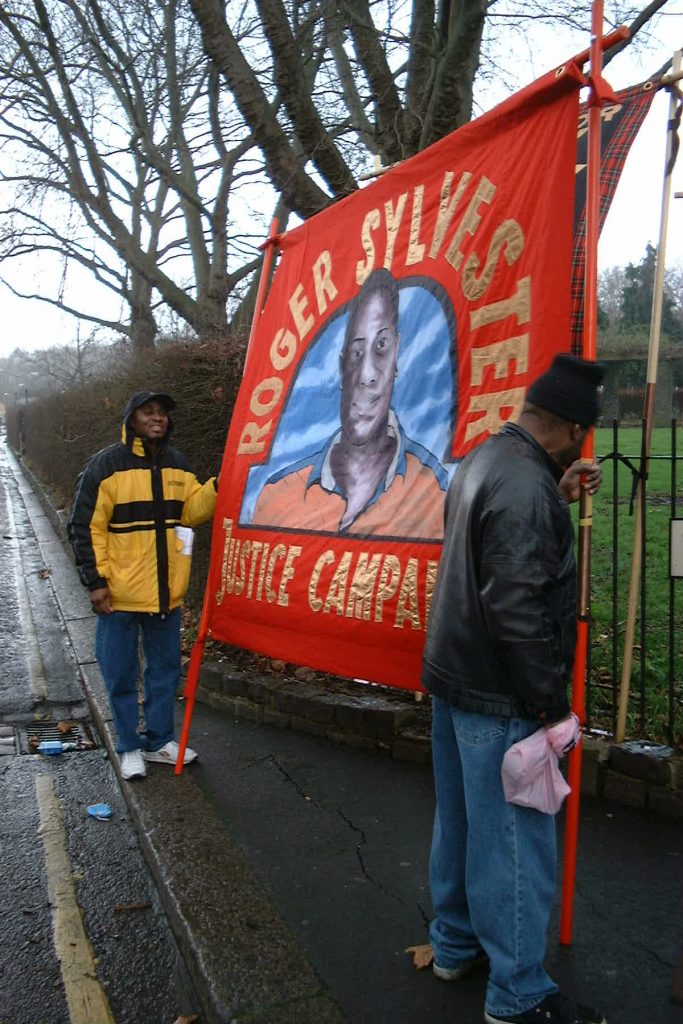
Roger Sylvester lived in Tottenham and worked for a drop-in mental health centre. He had suffered some mental health problems himself some years earlier and in January 1999 was detained outside of his home, under section 136 of the Mental Health Act 1983. Eight police officers restrained him “for his own safety” and took him to St Ann’s Hospital were he was further restrained, going limp after 20 minutes. An inquest jury found his death was caused by being restrained for too long in the wrong position, without sufficient medical attention, but their verdict was overturned and a judge replaced it with an open verdict.
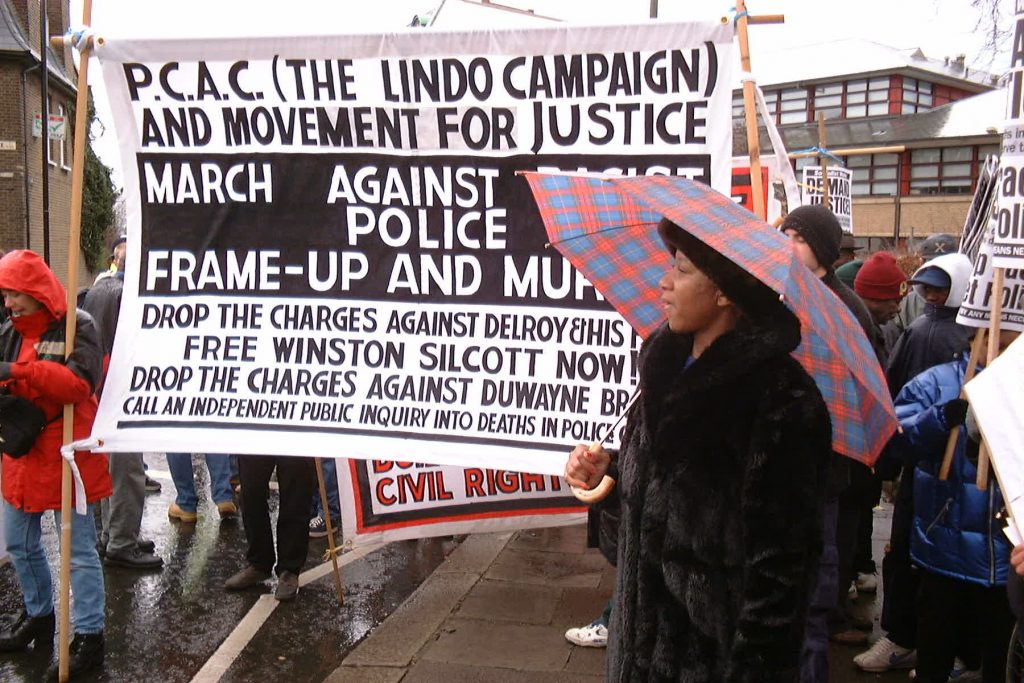
Recent event have shown that the force remained a safe space for racists, misogynists and rapists, although of course many police officers are trying hard to do an honest and necessary job. It remains to be seen if the current head of London’s Metropolitan Police Service, Sir Mark Rowley, will be any more successful than his predecessors in turning the force around.
Back on the original post about the event there are six pictures, four in black and white and two colour. I took many more in black and white but very few have been digitised.
